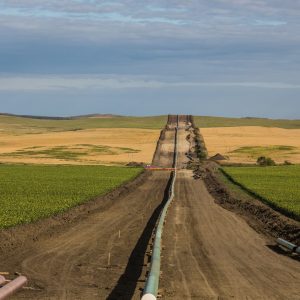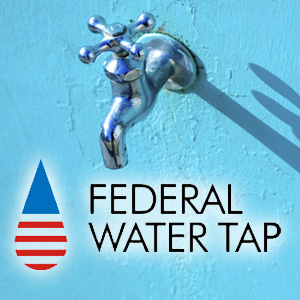The Stream, November 14: Michigan Declares Western Lake Erie ‘Impaired’ Water
The Global Rundown
Persistent algal blooms led Michigan officials to list Lake Erie as a polluted waterway. An El Nino-fueled drought hammered Vietnam, resulting in record saltwater intrusion in the Mekong delta. After a large earthquake near an oil-storage hub, Oklahoma regulators shut down dozens of wastewater injection wells. Researchers, meanwhile, map the best sites to pump oilfield waste underground. Alabama’s largest water utility responds to a harsh drought by raising water prices. Residents of Mumbai’s slums plan to protest the city’s failure to provide water service, which was ordered by a court.
“Michigan’s portion of Lake Erie is small but, in making this determination, we signal the importance of our actions to date and our commitment moving forward to limit the incidences of severe algal blooms that impact aquatic life and wildlife in our waters.” — Heidi Grether, director of the Michigan Department of Environmental Quality, explaining the state’s decision to place western Lake Erie on its “impaired waters” list, a Clean Water Act designation that could trigger additional regulation. Only two percent of Lake Erie is under Michigan’s jurisdiction. Associated Press
By The Numbers
80 kilometers: Distance that saltwater pushed inland in Vietnam’s Ben Tre province this summer due to drought, a record. Salinity in this part of the Mekong delta was four times higher than average, causing drinking water shortages, severe damage to the rice industry, and sharp drops in household income for 1.75 million people. Red Cross and Red Crescent
58: Number of wastewater injection wells that Oklahoma regulators have shuttered or told operators to reduce injection volumes. The action is a response to the magnitude 5.0 earthquake that occurred on November 6 near Cushing, a critical oil storage site. Wastewater injection has increased the number of in earthquakes in Oklahoma. Natural Gas Intelligence
Science, Studies, And Reports
What if wastewater injection wells were located where they would be least likely to cause earthquakes? Stanford University scientists produced geologic maps showing which faults in Oklahoma and Texas are prone to slip when underground pressure — from, say, injected fluids — increases. Stanford University
On The Radar
Cities in the American South, clutched by a harsh drought, are beginning to respond to shrinking streams and reservoirs. Birmingham Water Works, the water utility for Alabama’s largest city, moved to a stage four drought emergency. The declaration signals an increase in water prices by 400 percent for households that use more than 9,000 gallons per month. The average household uses 7,500 gallons. The surcharges go into effect on December 4. AL.com
On November 28, thousands of people in Mumbai will protest the water utility’s failure to provide piped drinking water to slums. In 2014, the city’s high court ordered the utility to extend water service to all slums. Hindustan Times
Brett writes about agriculture, energy, infrastructure, and the politics and economics of water in the United States. He also writes the Federal Water Tap, Circle of Blue’s weekly digest of U.S. government water news. He is the winner of two Society of Environmental Journalists reporting awards, one of the top honors in American environmental journalism: first place for explanatory reporting for a series on septic system pollution in the United States(2016) and third place for beat reporting in a small market (2014). He received the Sierra Club’s Distinguished Service Award in 2018. Brett lives in Seattle, where he hikes the mountains and bakes pies. Contact Brett Walton




